O'Reilly Animals Starter Deck
2014 – (See Cards | Deck Info | Download – card backs)…
This deck includes a variety of organisms that are represented by various O’Reilly book covers and are also in various levels of endangerment. More information about the organisms and conservation work can be found at animals.oreilly.com/. The game consists of 41 different cards, encompassing a variety of organism and events.

Illegal Poaching
Event Card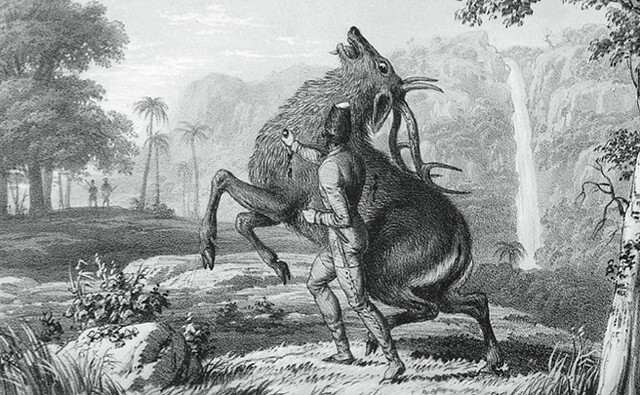
Play: Place this card on any SPECIES cards of forest or grassland terrain AND scale of 6 or higher.
Effect: The played SPECIES card is discarded.

Agamidae Lizard
Phrynocephalus horvathi

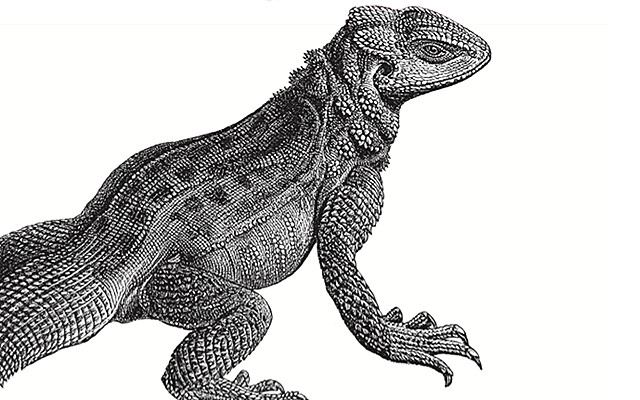
7 POINTS
Play: Phrynocephalus horvathi has a MOVE of 2
Fact: Phrynocephalus horvathi population is declining due to habitat loss, a result of human development.

African Elephant
Loxodonta africana

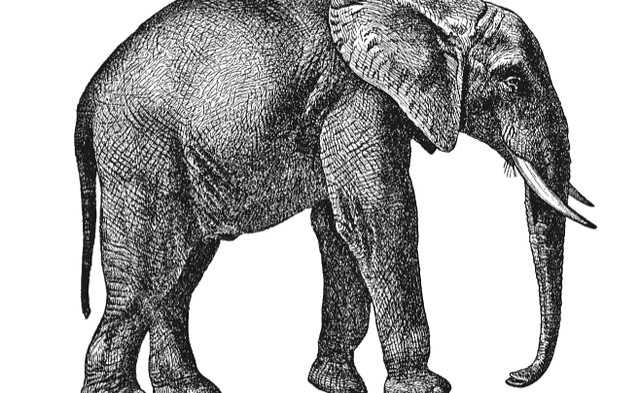
4 POINTS
Play: Loxodonta africana has a MOVE of 2.
Fact: Loxodonta africana is one of the largest living terrestrial animals.

Indian Rhinoceros
Rhinoceros unicornis

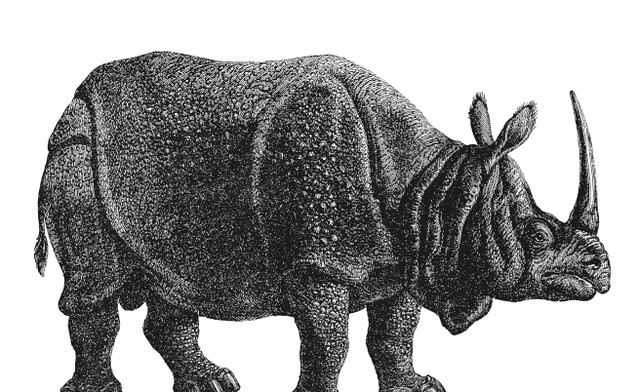
4 POINTS
Play: Rhinoceros unicornis has a MOVE of 2.
Fact: Rhinoceros unicornis has a single horn that is usually about 25cm long, but has been known to grow up to 50cm in length.

Maleo
Macrocephalon maleo

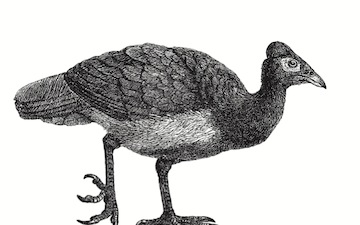
2 POINTS
Play: Macrocephalon maleo has a FLIGHT of 2.
Fact: Macrocephalon maleo’s egg is five times larger than a chicken egg.